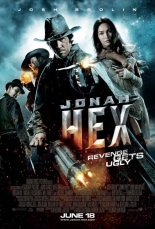
 I am convinced that there is a good movie — or at least a fun one — lurking within the bowels of Jonah Hex. Being unfamiliar with the long-running DC Comics series, I cannot comment on how closely the film hews to the original narrative, but it’s hard to fathom how a story about a viciously scared gunman who talks to the dead and wields steampunk armaments could be boring.
I am convinced that there is a good movie — or at least a fun one — lurking within the bowels of Jonah Hex. Being unfamiliar with the long-running DC Comics series, I cannot comment on how closely the film hews to the original narrative, but it’s hard to fathom how a story about a viciously scared gunman who talks to the dead and wields steampunk armaments could be boring.
At least, I couldn’t fathom it before Jonah Hex came to be. What should have been a pulpy Western mesh of Blade and Pale Rider is a flat-out disaster, actually making Wild Wild West seem not so bad in retrospect (that armored spider was pretty cool).
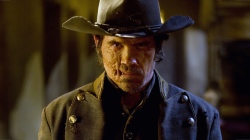 Hex has two saving graces. One is star Josh Brolin, scowling and growling with the best of them, lending his scenes an air of gravitas the film never deserves. Two, it’s only 74 mind-numbing minutes long, minus the credits.
Hex has two saving graces. One is star Josh Brolin, scowling and growling with the best of them, lending his scenes an air of gravitas the film never deserves. Two, it’s only 74 mind-numbing minutes long, minus the credits.
Otherwise, this may be one of the most ridiculous movies of the decade, chock-full of actors who should know better. As the villain, John Malkovich yawns his way to another paycheck; Will Arnett is spectacularly miscast as a Civil War soldier; Michael Fassbender capers about, waiting to become famous in Inglourious Basterds; Watchmen‘s Jeffrey Dean Morgan shows up for some reason; and Michael Shannon (Take Shelter) appears in the background. And Transformers object Megan Fox as the town whore Jonah loves? Suffice to say, I’ve seen more sexual heat in a Kirk Cameron church flick.
Here’s the crux of my argument: If, while watching a movie, you suddenly say, “Hey, Tom Wopat! Cool!,” the movie sucks. —Corey Redekop

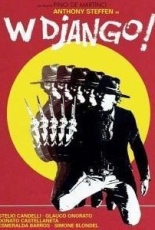
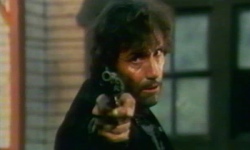

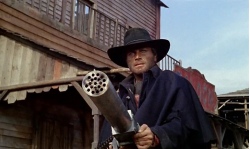
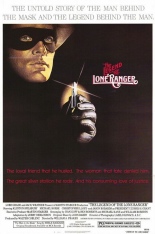
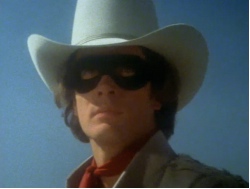 Returning to the movie three decades later, I feared the worst, especially knowing its star discovery — the improbably named Klinton Spilsbury — was a male model who never acted again after having all of his dialogue replaced by James Keach (who occasionally sounds recorded in an echo chamber), so I was pleasantly surprised by how entertaining the experience of watching it turned out to be.
Returning to the movie three decades later, I feared the worst, especially knowing its star discovery — the improbably named Klinton Spilsbury — was a male model who never acted again after having all of his dialogue replaced by James Keach (who occasionally sounds recorded in an echo chamber), so I was pleasantly surprised by how entertaining the experience of watching it turned out to be.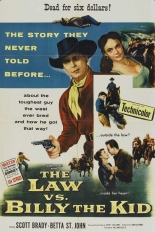 Before he became the Greater of Cheese, William Castle was an all-purpose director of schlock B movies at Columbia —
Before he became the Greater of Cheese, William Castle was an all-purpose director of schlock B movies at Columbia — 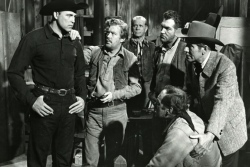 The script even sticks, with some slight degree of stickiness, to the outline of the Lincoln County War. Kid and Garrett are saddle pals — Kid goes off the rails to avenge the murder of his boss; Garrett is recruited to become Sheriff and track the Kid down. Kid busts out of jail; Kid is killed by Garrett at Pete Maxwell’s ranch near Roswell, N.M.
The script even sticks, with some slight degree of stickiness, to the outline of the Lincoln County War. Kid and Garrett are saddle pals — Kid goes off the rails to avenge the murder of his boss; Garrett is recruited to become Sheriff and track the Kid down. Kid busts out of jail; Kid is killed by Garrett at Pete Maxwell’s ranch near Roswell, N.M.